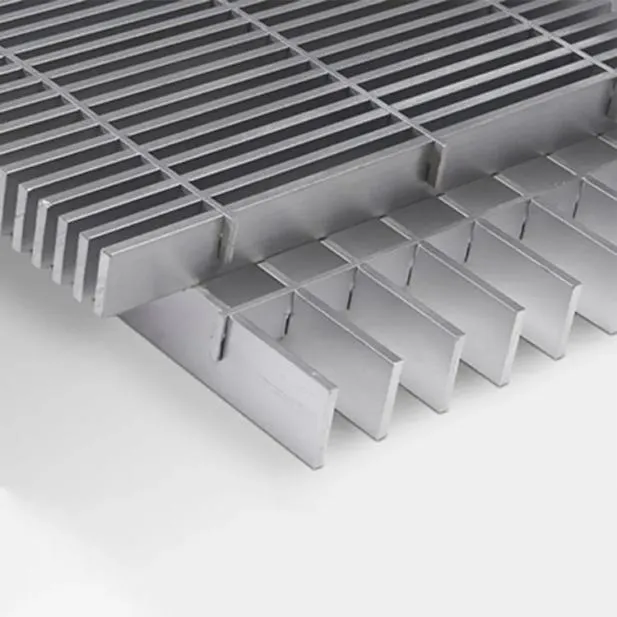- Industrial zone, South of Anping Town, Hengshui, Hebei, China.
- sales@hfpetromesh.com
- +86-18931809706
 Afrikaans
Afrikaans  Albanian
Albanian  Amharic
Amharic  Arabic
Arabic  Armenian
Armenian  Azerbaijani
Azerbaijani  Basque
Basque  Belarusian
Belarusian  Bengali
Bengali  Bosnian
Bosnian  Bulgarian
Bulgarian  Catalan
Catalan  Cebuano
Cebuano  Corsican
Corsican  Croatian
Croatian  Czech
Czech  Danish
Danish  Dutch
Dutch  English
English  Esperanto
Esperanto  Estonian
Estonian  Finnish
Finnish  French
French  Frisian
Frisian  Galician
Galician  Georgian
Georgian  German
German  Greek
Greek  Gujarati
Gujarati  Haitian Creole
Haitian Creole  hausa
hausa  hawaiian
hawaiian  Hebrew
Hebrew  Hindi
Hindi  Miao
Miao  Hungarian
Hungarian  Icelandic
Icelandic  igbo
igbo  Indonesian
Indonesian  irish
irish  Italian
Italian  Japanese
Japanese  Javanese
Javanese  Kannada
Kannada  kazakh
kazakh  Khmer
Khmer  Rwandese
Rwandese  Korean
Korean  Kurdish
Kurdish  Kyrgyz
Kyrgyz  Lao
Lao  Latin
Latin  Latvian
Latvian  Lithuanian
Lithuanian  Luxembourgish
Luxembourgish  Macedonian
Macedonian  Malgashi
Malgashi  Malay
Malay  Malayalam
Malayalam  Maltese
Maltese  Maori
Maori  Marathi
Marathi  Mongolian
Mongolian  Myanmar
Myanmar  Nepali
Nepali  Norwegian
Norwegian  Norwegian
Norwegian  Occitan
Occitan  Pashto
Pashto  Persian
Persian  Polish
Polish  Portuguese
Portuguese  Punjabi
Punjabi  Romanian
Romanian  Russian
Russian  Samoan
Samoan  Scottish Gaelic
Scottish Gaelic  Serbian
Serbian  Sesotho
Sesotho  Shona
Shona  Sindhi
Sindhi  Sinhala
Sinhala  Slovak
Slovak  Slovenian
Slovenian  Somali
Somali  Spanish
Spanish  Sundanese
Sundanese  Swahili
Swahili  Swedish
Swedish  Tagalog
Tagalog  Tajik
Tajik  Tamil
Tamil  Tatar
Tatar  Telugu
Telugu  Thai
Thai  Turkish
Turkish  Turkmen
Turkmen  Ukrainian
Ukrainian  Urdu
Urdu  Uighur
Uighur  Uzbek
Uzbek  Vietnamese
Vietnamese  Welsh
Welsh  Bantu
Bantu  Yiddish
Yiddish  Yoruba
Yoruba  Zulu
Zulu
- Afrikaans
- Albanian
- Amharic
- Arabic
- Armenian
- Azerbaijani
- Basque
- Belarusian
- Bengali
- Bosnian
- Bulgarian
- Catalan
- Cebuano
- Corsican
- Croatian
- Czech
- Danish
- Dutch
- English
- Esperanto
- Estonian
- Finnish
- French
- Frisian
- Galician
- Georgian
- German
- Greek
- Gujarati
- Haitian Creole
- hausa
- hawaiian
- Hebrew
- Hindi
- Miao
- Hungarian
- Icelandic
- igbo
- Indonesian
- irish
- Italian
- Japanese
- Javanese
- Kannada
- kazakh
- Khmer
- Rwandese
- Korean
- Kurdish
- Kyrgyz
- Lao
- Latin
- Latvian
- Lithuanian
- Luxembourgish
- Macedonian
- Malgashi
- Malay
- Malayalam
- Maltese
- Maori
- Marathi
- Mongolian
- Myanmar
- Nepali
- Norwegian
- Norwegian
- Occitan
- Pashto
- Persian
- Polish
- Portuguese
- Punjabi
- Romanian
- Russian
- Samoan
- Scottish Gaelic
- Serbian
- Sesotho
- Shona
- Sindhi
- Sinhala
- Slovak
- Slovenian
- Somali
- Spanish
- Sundanese
- Swahili
- Swedish
- Tagalog
- Tajik
- Tamil
- Tatar
- Telugu
- Thai
- Turkish
- Turkmen
- Ukrainian
- Urdu
- Uighur
- Uzbek
- Vietnamese
- Welsh
- Bantu
- Yiddish
- Yoruba
- Zulu
Generating a similar title related to helideck net within 15 words
Understanding Helideck Nets Safety and Design in Offshore Operations
Helideck nets are critical components in the safety infrastructure of offshore oil and gas installations. These specialized nets are designed to enhance safety by preventing helicopters from sliding off helidecks during landings or takeoffs, particularly in adverse weather conditions. As offshore operations often involve challenging environments, the importance of helideck nets cannot be overstated.
The primary function of a helideck net is to provide a secondary safety measure that captures any helicopter that may lose control during landing or takeoff. The nets are typically constructed from high-strength synthetic materials that are resistant to corrosion and maintain their integrity in harsh marine conditions. Additionally, the design of these nets allows them to bear significant loads while remaining flexible enough to absorb the dynamic forces exerted by a helicopter.
Helideck nets must comply with strict international standards and regulations to ensure they provide reliable performance
. Organizations like the International Maritime Organization (IMO) and the International Civil Aviation Organization (ICAO) have set forth guidelines that dictate the design, installation, and maintenance of helideck nets. These regulations cover aspects such as the net’s dimensions, installation angles, and the type of materials used, ensuring that they meet the necessary safety requirements for offshore operations.helideck net

Another crucial aspect of helideck nets is their periodic inspection and maintenance. Regular checks are essential to ensure that the nets are free from wear and tear, which could compromise their effectiveness. Operators are required to conduct routine visual inspections as well as more comprehensive assessments to identify any potential issues that could jeopardize safety during helicopter operations. Maintenance protocols may include cleaning debris, repairing any damaged sections, and verifying attachment points to the helideck structure.
The installation of helideck nets also involves careful planning. Considerations such as the type of helicopters that will be using the helideck, the operational frequency of flights, and environmental factors all play a critical role in determining the size and configuration of the net. Furthermore, the integration of helideck nets must align with the overall safety and operational strategies of the offshore facility.
In conclusion, helideck nets are vital for ensuring the safety of helicopter operations in offshore environments. Their design, compliance with standards, and maintenance are essential components that contribute to the successful and safe functioning of offshore facilities. By investing in high-quality helideck nets and adhering to rigorous safety protocols, operators can significantly reduce the risk of accidents, thus ensuring the safety of personnel and equipment involved in offshore operations. As the industry continues to evolve, the importance of these safety systems will only grow, underscoring the need for continued innovation and adherence to best practices in helideck design and maintenance.
-
Welded Steel Bar Grating: The Rugged Industrial Flooring Solution Built for Load and LongevityNewsJun.24,2025
-
Steel Walkway Grating: Reliable, Resilient, and Built for Every StepNewsJun.24,2025
-
Shale Shaker Screen for Sale: Optimize Drilling Efficiency with Precision Screening PowerNewsJun.24,2025
-
Shaker Screen for Sale: Elevate Your Drilling Efficiency with Durable Separation SolutionsNewsJun.24,2025
-
Press Locked Steel Grating: Industrial Strength with Precision Fit for Heavy-Duty ApplicationsNewsJun.24,2025
-
Perimeter Safety Netting: The Critical Safety Upgrade for Every HelipadNewsJun.24,2025